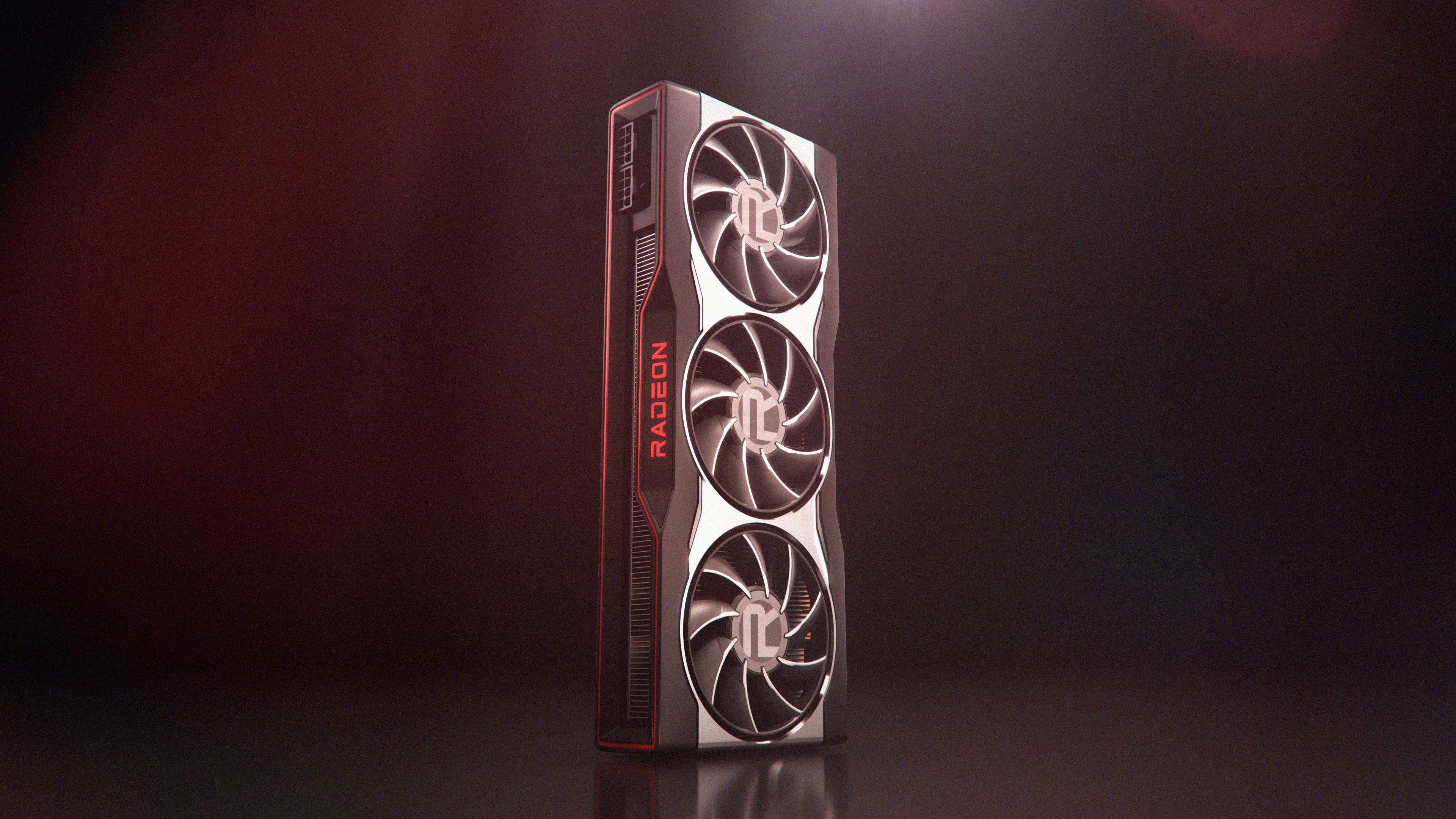
AMD has released a new Adrenalin Preview Driver that enables AMD Fluid Motion Frames (AFMF) for RX 6000-series graphics card owners. AMD’s driver-level frame generation technology was originally limited to RX 7000-series cards, but after a strong response (“backlash” may be a good word) from owners of older AMD graphics cards, the company has filtered AFMF down to its previous generation cards.
Fluid Motion Frames is AMD’s new driver-level frame generation technology that allows any supported GPU to use frame generation in any DX11 or DX12 title. The feature differs from FSR 3 frame generation significantly, however, as AFMF is implemented at the driver level and is unable to use motion vectors to maintain high image quality like DLSS 3/FSR 3 frame generation.
We listened to your feedback and are excited to bring AMD Fluid Motion Frames support to Radeon RX 6000 Series with the latest update to the AMD Software: Adrenalin Edition Preview Driver. Available now!Download and view release notes: https://t.co/0KhITjGTxT https://t.co/vj5gm9qmGTOctober 6, 2023
Conversely, FSR 3 frame generation is implemented at the game-engine level, enabling it to use motion vectors to produce a better visual experience. For laughs, you can enable FSR 3 frame generation and AMD Fluid Motion Frames simultaneously for a theoretical 4x frame rate improvement, but it provides a nearly unplayable experience in practice.
It’s good to see AMD already expanding AFMF support beyond the RX 7000-series GPUs. There is no reason any of AMD’s modern AMD GPU architectures cannot run AFMF (or FSR 3), since AMD’s frame generation tech does not require specialized hardware to run, unlike Nvidia’s DLSS 3 counterpart. For FSR 3, AMD officially supports AMD GPUs going all the way back to the RX 5000-series, so there might even be a chance we’ll eventually see Fluid Motion Frames make their way to RDNA1 owners as well. FSR 3 and AFMF are virtually the same technologies, the only difference between the two is in the way they are implemented — including the fact that FSR 3 can also incorporate upscaling in conjunction with frame generation.
Technically, FSR 3 can run on any GPU that supports Async Compute, and AMD allows this, but AMD states that gamers may not have an optimal experience using a GPU older or slower than the RX 5000-series or RTX 20-series. This is due to the fact that AMD’s frame generation tech needs compute headroom to provide frame rate improvements. As a result, we can surmise that AMD probably won’t enable Fluid Motion Frames below the RX 5000-series.







